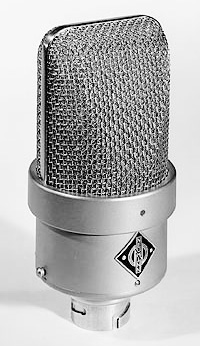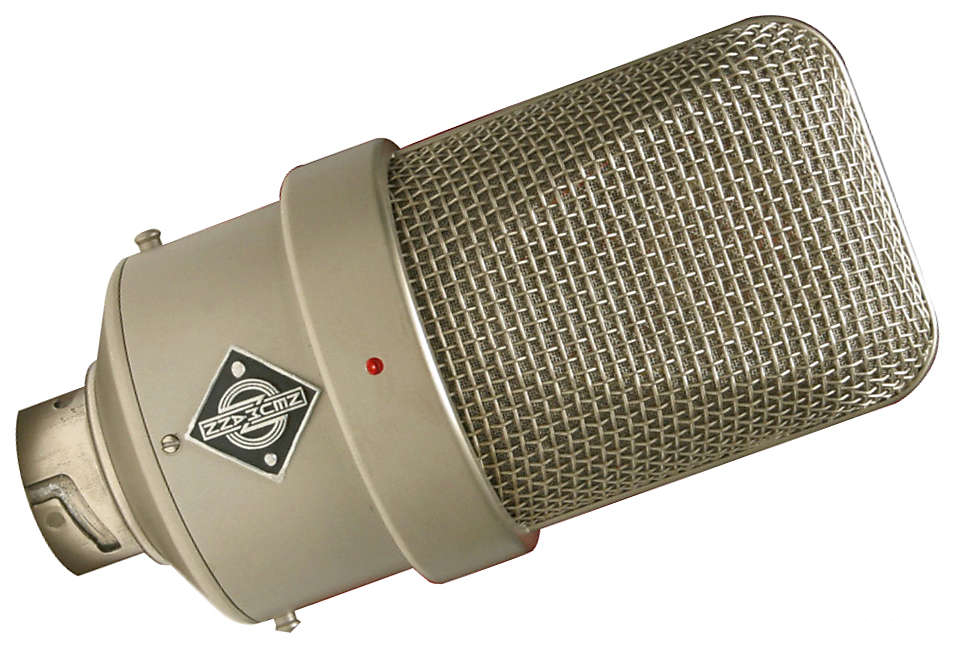The M 49 was a multipattern large-diaphragm tube microphone with an important new innovation: the mic’s pickup pattern could be adjusted remotely, by a dial on the power supply.
Another new innovation was that the mic maintained nearly equal sensitivity and output level across patterns — unlike the U-47, for example, which was 5dB hotter in Cardioid than Omni.
Maintaining output level required a change in the polarization voltage circuitry. Whereas the U-47’s circuit would disconnect the capsule’s rear diaphragm in Cardioid mode, in the M 49 both diaphragms were always polarized — the front at a constant 60Vdc, and the rear from 0Vdc to 120Vdc. When set to Cardioid, the rear diaphragm polarization voltage was

Martin Schneider:
To my knowledge, the M49s were mostly used not at ‘zero volts’ but at a ‘best cardioid’ setting. Some users even made marks on the potentiometer [to indicate the] ‘best cardioid’ setting.
Read more
(According to Martin Schneider, The M149’s Cardioid setting does not set the capsule’s rear diaphragm to 0Vdc, but rather to a small positive voltage, in order to widen the K47/K49 capsule’s native supercardioid-ish response with a small amount of the rear diaphragm’s in-phase signal.)
The remote-control potentiometer system was developed by Herbert Großkopf of NWDR (Nordwestdeutscher Rundfunk). According to Neumann historian Anselm Roessler, Neumann acquired the rights to this invention for use in the M 49.
Stephen Paul:
The 49 had several other interesting features, including one of the first attempts to limit the effect of grille resonance on the response. Because the grille is slanted and presents a continuously varying profile to the capsule, there are fewer standing waves generated.

